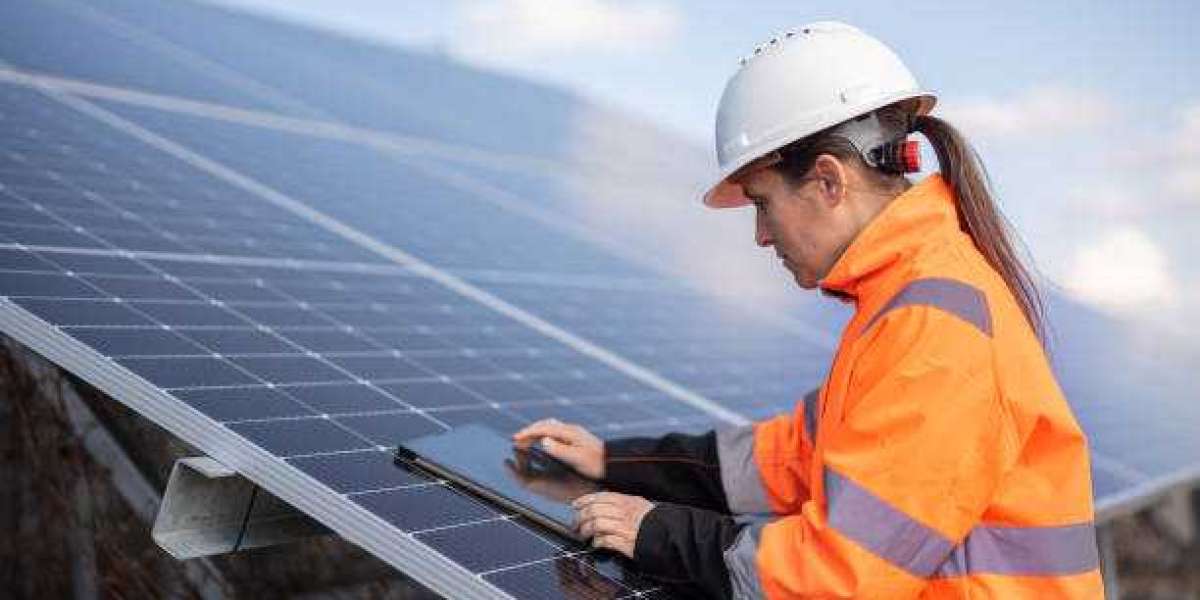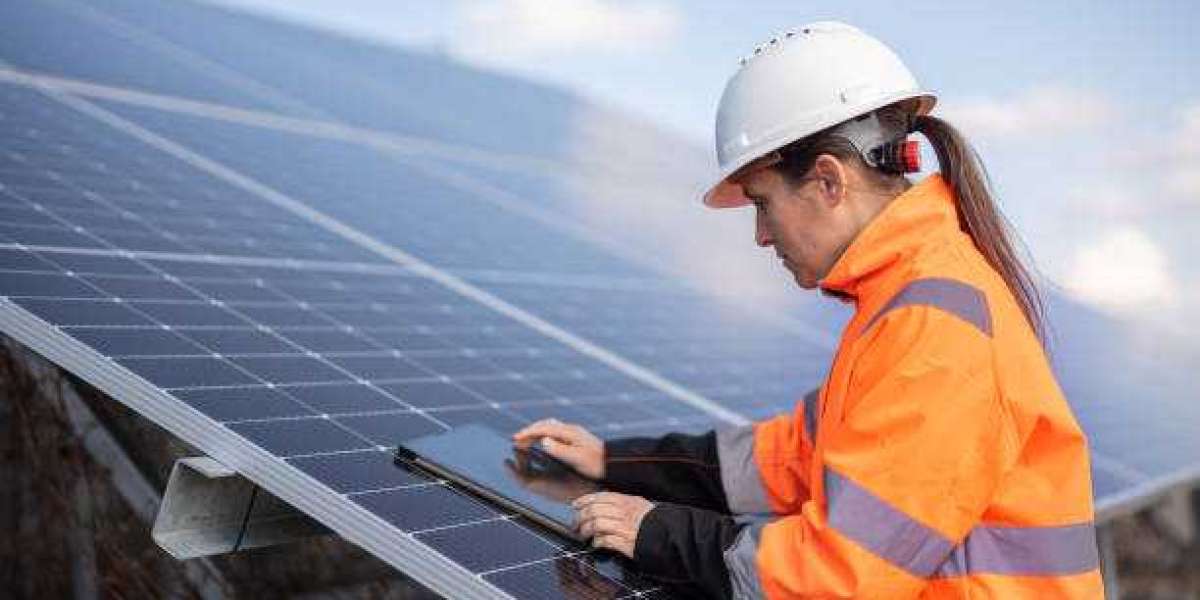As solar energy adoption grows across the U.S., the way we manage and distribute electricity is also evolving. One of the most innovative advancements reshaping how we think about energy is the virtual power plant (VPP). Unlike a traditional power plant, which generates electricity from a centralized facility, a virtual power plant brings together thousands of small-scale energy producers—like homes with solar panels—and connects them into a unified network.
In energy-conscious communities such as Belton, TX, virtual power plants are quickly emerging as a smart, flexible solution to meet rising demand while supporting renewable energy expansion.
What Is a Virtual Power Plant?
A virtual power plant is a digitally connected network of distributed energy resources (DERs), including solar panels, battery storage, smart thermostats, and electric vehicles. These systems are coordinated using software that balances supply and demand in real time, much like a traditional electricity generation plant, but without a centralized structure. Instead of relying solely on large-scale power stations, virtual power plants tap into energy produced by homes and businesses—especially those with rooftop solar systems—making electric power production more local, efficient, and sustainable. In communities like Belton, TX, this approach is gaining momentum as residents embrace renewable energy and smarter power management solutions.
Benefits Over Traditional Power Generation Facilities
1. Decentralized Energy Generation
Traditional power generation facilities require large investments and infrastructure, while VPPs use already-installed equipment in neighborhoods and buildings. This decentralized model reduces strain on the grid and limits the need for expensive upgrades.
2. Enhanced Grid Stability
Virtual power plants can react in real time to changes in energy demand. When the grid is overloaded or an outage occurs, the VPP can quickly dispatch stored solar power or reduce consumption, helping maintain grid stability. This flexibility makes them more responsive than typical utility-scale energy sources.
3. Reduced Carbon Footprint
VPPs prioritize clean, renewable energy. By making use of solar energy stored in batteries, they reduce the need for fossil fuel-based power stations, helping lower overall greenhouse gas emissions.
Ideal Conditions for Virtual Power Plants
The climate in Belton, TX offers excellent conditions for solar energy adoption. With abundant sunshine and growing community interest in renewable solutions, more homes and businesses are installing solar panels and battery storage systems. This makes the area well-suited for virtual power plant technology, allowing local solar producers to contribute to a smarter, cleaner, and more resilient energy grid.
The Role of Technology in Virtual Power Plants
Software and automation are the backbone of every VPP. Smart devices allow energy providers to control when batteries discharge, how much energy is fed back to the grid, and how homes manage their power use.
This turns each participating building into a mini power plant—not just generating energy, but actively supporting grid stability and efficiency.
Final Thoughts
Virtual power plants are redefining how we produce, share, and manage solar energy. As we move away from centralized power generation facilities and toward distributed networks, VPPs will become an essential part of our energy infrastructure—offering cleaner, more flexible, and more resilient power.
In forward-thinking cities like Belton, TX, this transition is already underway. Homes with solar panels are no longer just consumers—they're becoming active participants in the future of energy.
Frequently Asked Questions
What’s the difference between a virtual and traditional power plant?
A traditional power plant generates electricity from one location; a virtual one uses a network of connected, decentralized sources like solar panels and batteries.Can my solar system be part of a virtual power plant?
Yes, if you have solar panels and battery storage, your system can often be integrated into a VPP.Do virtual power plants reduce electricity bills?
They can help lower costs by optimizing energy use and even allowing participants to sell excess power back to the grid.Is this technology only for large buildings?
Not at all. Homes, small businesses, and even schools can contribute to and benefit from VPPs.How do I get started in Belton, TX?
Contact an energy advisor like Delta U Consulting to assess your system and explore VPP participation options.










